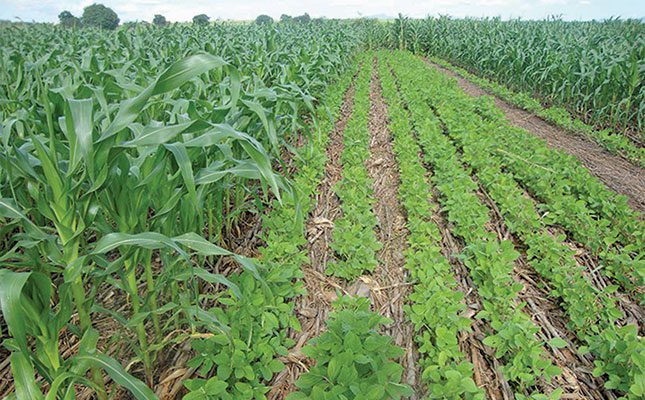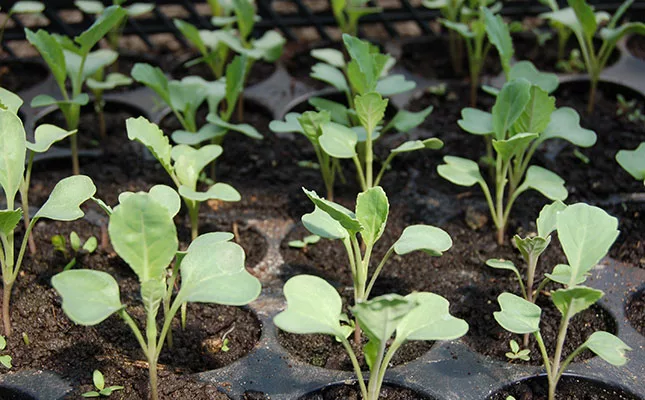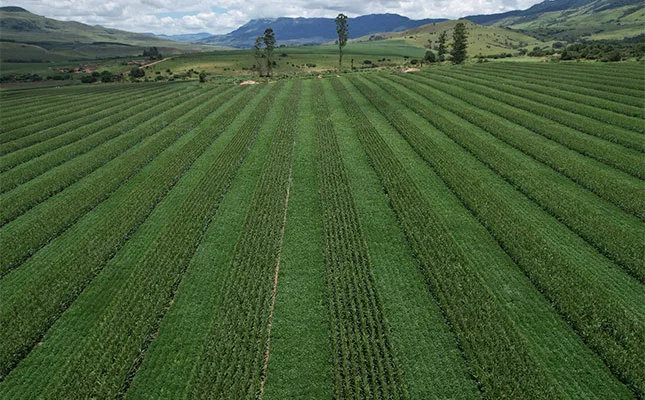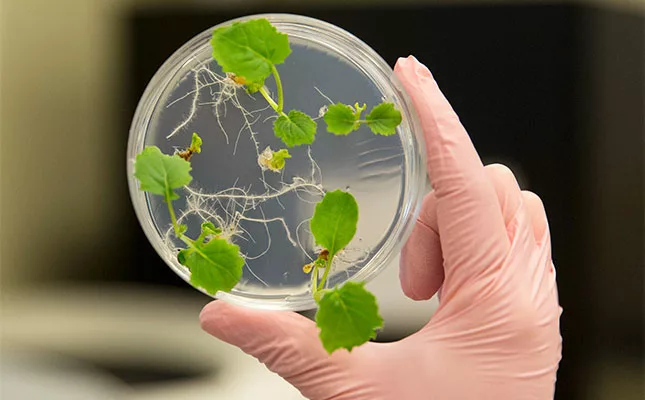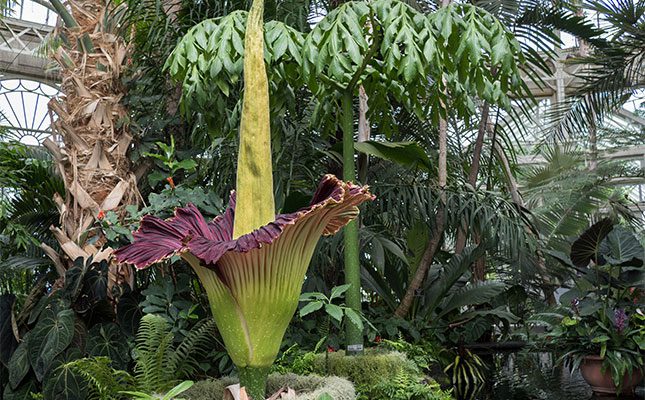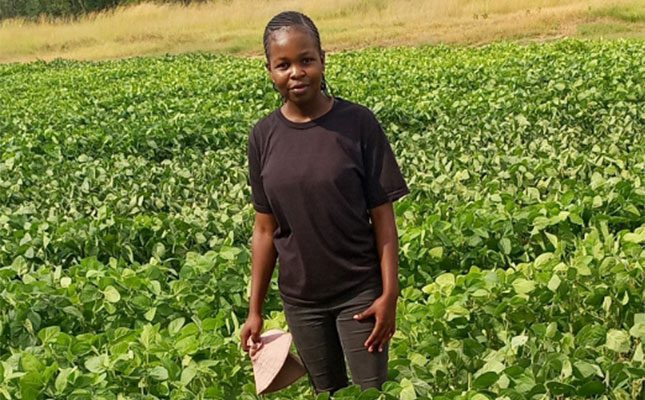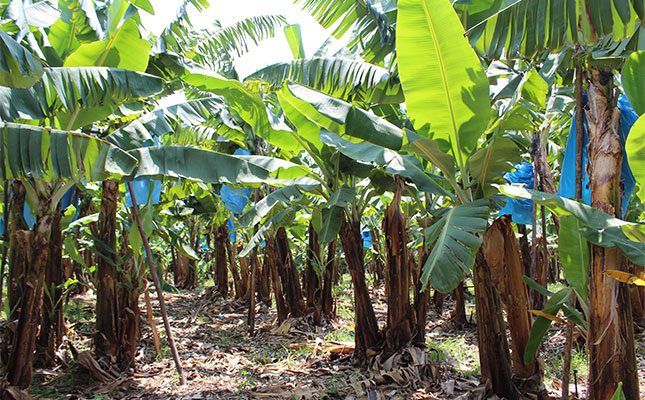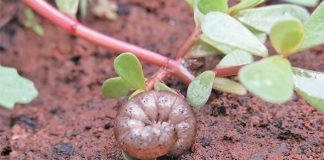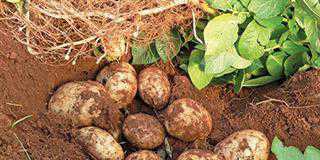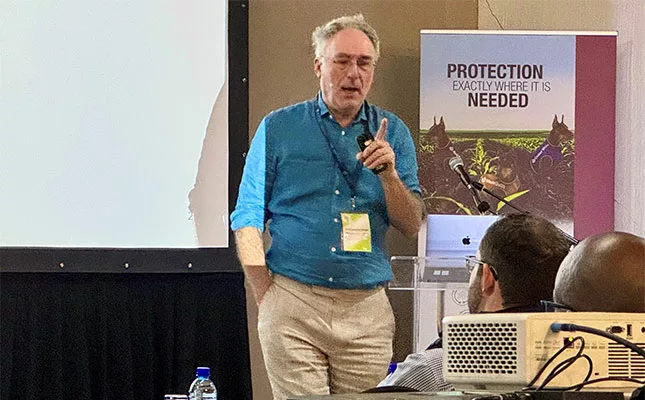
Photo: Magda du Toit
Farmers required knowledge and practical tools to enable them to transition to more sustainable agricultural practices, Helder said.
Nematodes were one of the most abundant and varied soil animals, living in all soil habitats and employing different life strategies. Their use in studying nematodes to assess soil characteristics, health, and changes was based on variations in their abundance, diversity, and specific ecological functions, he explained.
Belowground nematodes were important for soil functioning, as they were abundant and operated at various trophic levels in the soil food web.
Helder pointed out that nematodes were recognised as indicators of soil health because of their global distribution, ease of extraction, and occurrence in trophic groups or functional guilds.
In addition, he said nematodes had the potential to provide insights into many soil processes: “Nematodes eat and digest the organic matter in soil, so their presence can serve as soil nutrient and health indicators.”
He stressed that there was no single silver-bullet solution for addressing nematode problems.
“In agriculture, we cannot afford to focus exclusively on one manner of control, such as new resistant varieties, because it is only a matter of time before a new population of nematodes emerges that can break this resistance.”
Limited physical variation
“We must focus on a wide range of measures, from plant resistances and more hygienic working practices to the stimulation of natural enemies,” he explained.
According to him, unlike the aboveground macroscopic world, the belowground microbiome showed remarkably little biogeography.
Nematodes are among the animals that arose in the early Cambrian period, more than 500 million years ago, in a marine habitat. Given their age, nematodes exhibit low morphological diversity.
“Many of the plant-parasitic nematodes and their natural antagonists in Southern Africa are also present in Europe, Australia, and the Americas, for example, and vice versa,” Helder said.
“At the genus level, nematodes show little biogeography, but this is not true at the species level. Many plant-parasitic nematodes co-evolved with their plant hosts and thus show restricted geographical distribution.”
He noted that this implied that results from agronomic and ecological studies on plant-parasitic nematodes from elsewhere might hold for Southern Africa as well.
According to Helder, nematode community analysis had important agronomical and ecological relevance.
“Some plant-parasitic nematode species constitute a serious threat to food and feed production. Durable control measures are, without exception, more knowledge intensive than nematicide-based control. Knowing your plant-parasitic nematodes is a must,” he explained.
Enter long-read DNA sequencing
He added that morphological nematode community analysis was time consuming and required ample training: “Nematodes constitute an old phylum, and the level of morphological conservation is remarkable. Even for well-trained experts, it is hard to microscopically analyse nematode communities in detail.”
According to him, this mattered from an application point of view as, in contrast with most chemical control measures, durable management measures mostly required detailed knowledge about nematode identification and distribution.
“This is the main reason morphology-based systematics of nematodes were volatile for decades. Long-read DNA sequencing technology is helpful as it allows for the sequencing of the small subunit (SSU) ribosomal DNA gene for which extensive databases are available,” he said.
Long-read DNA sequencing is a revolutionary practice in genomics that is used to read the sequences of complete DNA. It generates longer DNA fragments instead of producing short, frequently read ones, thereby providing more information.
Helder also mentioned that it was fortunate that the molecular diversity among nematodes was high, and that this offered great new opportunities and possibilities in the identification and effective control of nematodes.

